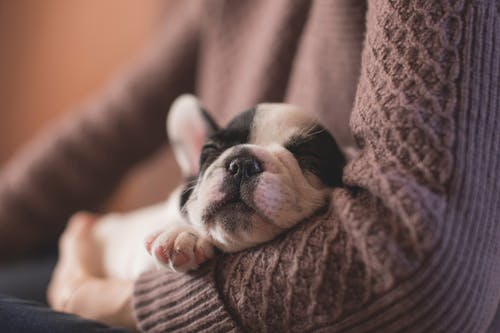Pet Ownership: How to Take Care of Cat With FLUTD
Why do potty-trained pet cats all of a sudden frequently pee outside a litter box? Why do they suddenly prefer to pee in other places like tile floors, kitchen counters, or bathtubs? Do not get mad at your cat; your cat may be having painful trips to the litter box.
If cats tend to lick themselves excessively and show indications of uncomfortable urination, that could be indications that they may be experiencing feline lower urinary tract disease (FLUTD). This affects the bladder and urethra rather than the kidneys of felines.
What is FLUTD?
Feline lower urinary tract disease is the basic term for various conditions in the bladder and urethra. Another term for FLUTD is feline urologic syndrome (FUS) and feline idiopathic cystitis (FIC). This condition causes tiny crystals and blood in the pee.
Causes
Several underlying medical conditions can contribute to the development of FLUTD, such as urolithiasis (urinary stones), urinary infection, urethral obstruction, and urinary calculi (also called “sand” or “grit”).
FLUTD is usually seen in middle-aged, obese cats with little or no exercise. They typically have no outdoor access, use an indoor litter box, or eat a dry diet. Additional factors such as environmental stress and anxiety, abrupt changes in everyday routine, and living with several cats at home might also contribute to the development of FLUTD.
Symptoms
- Straining to pee (this can be confused with bowel irregularity)
- Urinating small amounts, often outside the litter box
- Crying while urinating
- Frequent licking of the genitalia
- Fetid, bloody, or cloudy urine
Get in touch with or schedule an appointment at emergency facilities such as Olympia Pet Emergency promptly if any of these symptoms show up.
Diagnosis.
It is rather challenging to detect FLUTD considering that it has many causes. Your veterinarian would physically examine your cat based upon the signs and symptoms being manifested. The vet may refer you to lab facilities for urinalysis, assessing pH concentration and the presence of blood, crystals, or infection.
If the urinalysis can not rule out the disease, additional tests may be advised, such as urine culture, blood work, and x-rays. Visit this page if you’re searching for reliable veterinary laboratories.
Treatment.
Your board-certified emergency vet might recommend treatments according to the symptoms shown up because FLUTD has several causes.
If your cat has a blocked urethra, a catheter is passed into the bladder while your cat is sedated. This procedure gets rid of the obstruction and purges the bladder. Hospitalization for a few days is advised till your pet cat can pee normally and when it appears that obstruction will unlikely repeat.
Treatment of bladder stones may be a combination of surgery and dietary therapy. It depends upon the kind of crystals in the urine. Struvite crystals can break down in acidic urine; therefore, a diet regimen that raises acidity in urine will be suggested. If the crystal is calcium oxalate, a non-acidified diet will be recommended since acidification may cause the recurrence of stones.
If neither urethral blockage nor bladder stones are present, analgesics and antibiotics may be used for pain alleviation and infection. Diet may also be used to dissolve struvite crystals in the urine.
What can you do to prevent the occurrence of FLUTD?
Consult your vet concerning an appropriate diet; a specialized diet may be more apt than a commercial one. Small frequent feedings are excellent for FLUTD cases. Keep your cat hydrated with clean and fresh water at all times.
Provide an adequate number of litter boxes, preferably more than the number of cats in the home. Put these boxes in safe and quiet areas of the house. Always maintain the litter boxes sanitized.
Finally, reduce all environmental stressors to cats. Try to lessen significant changes in the usual routine. Regular follow-ups with the veterinarian are required to keep an eye on any indications of recurring concerns.
